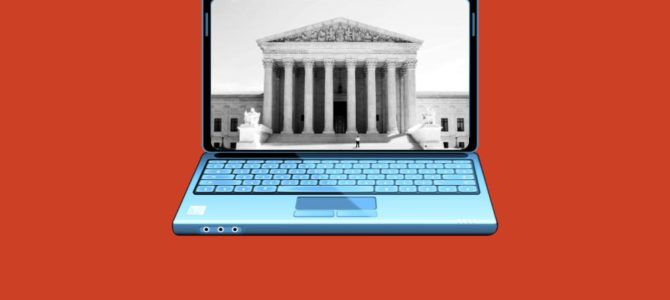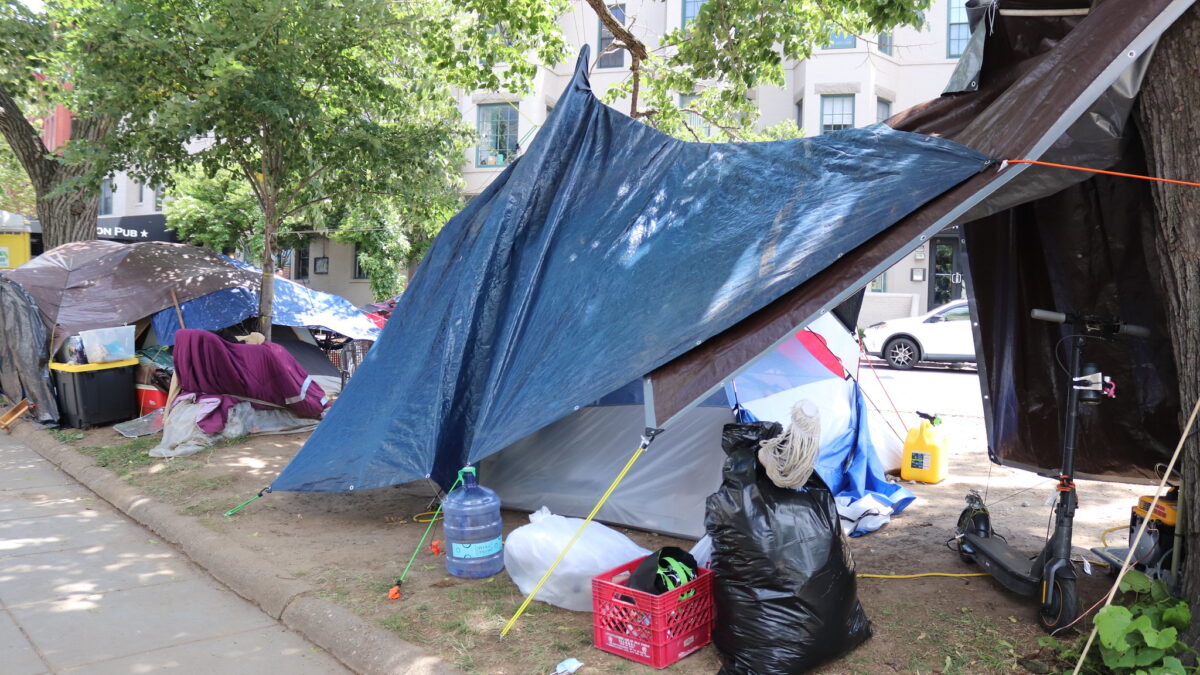
A classmate of mine sat on trial last month for allegedly poisoning a bottle of wine that resulted in the death of a young woman. The young woman’s fiancé also testified, tearfully recounting plans that never came to fruition. Medical experts presented lab results showing pesticide contamination in the wine, and explained the symptoms that preceded the victim’s death. I offered testimony as a journalist who had observed the pesticides in close contact with the wine.
At the end of the trial, though, no verdict was issued — instead, the judge offered each of us comments on our performances. No one had actually been poisoned, and the victim didn’t really exist. My college mock trial team was simply competing in a tournament against other schools, with students playing witnesses and attorneys.
We gave opening and closing statements, dressed in suits, and called witnesses to answer questions, just as would happen in real criminal court. But our mock trial bore another similarity to many recent trials: it was conducted completely over Zoom.
Attorneys and witnesses joined the trial from their personal laptops. Instead of physical witness stands and counsel tables, we just turned our cameras on when it was our turn to speak. Rather than handing copies of exhibits to the jury, they were presented on the screen.
In many ways, it was enormously convenient. Our judge was in California in a different time zone, while we dialed in from multiple states on the eastern seaboard. Displaying exhibits was easy on PowerPoint slides. I got to sit on my living room sofa while I testified.
In one of our rounds, the judge presided from his high-rise office, the sunny California skyline visible through the window behind him. “It’s good you guys are getting used to this now, because this is the future of where trials are going,” he told us after our round was over. “Attorneys and judges love this, it’s so much more convenient.”
But that’s not the case everywhere in the judicial system. Gilbert Feltel, Jr., a judge in Florida’s Fourth Judicial Circuit presiding over a felony trial division, noted some of the challenges of holding criminal court remotely. “You’re talking about somebody’s liberty, and the constitutional implications of the right to trial by jury and confrontation rights,” he noted.
Over a computer screen, defendants often argue that their right to confront their accusers is less effective, as is the attorney’s ability to read witnesses’ body language. “Not everything we communicate is what we say,” Feltel said. “If the person is wearing a mask, maybe you don’t pick up non-verbal clues. Or even if they are remote but the quality of the camera is not great.”
While he noted that some trial proceedings, like family law or some civil cases, may be better suited for Zoom, Feltel also cautioned that not everyone has access to adequate tech to ensure their rights are best protected. “We can’t assume that everyone is going to have the electronic equipment or the technological savvy to appear by Zoom,” he said. “We have also experienced issues with limits on in-person communication preventing inmates in custody from easily accessing their lawyers before a trial, if the jail’s video conferencing systems are overbooked.”
Finally, “court processes should be treated with proper gravity to them and that is not always true when people appear remotely. Literally today, I had one guy appear via video in court but he had a pitbull sitting on his lap. Another guy was very vigorously picking his nose,” Feltel said.
Not being physically present in the courtroom can detract from the seriousness of the court proceedings. “I even experienced a situation lately where a video participant carried the phone into the restroom with them,” Feltel added. “Fortunately, I was engaged with another case and did not realize it until they stood with the roll of tissue in hand.”
For his part, Feltel still presides from his own courtroom, along with bailiffs and a deputy clerk, even when conducting court via Zoom. “I’ve got a large computer screen in front of me that allows me to see all of the defendants and their counsel, as well as others attending as it remains a public proceeding,” he said. “From time to time, defendants are unhappy with the process or the information they are receiving, and the screen can take on the look of an angry episode of Hollywood Squares.”
Not only does Zoom court present drawbacks for criminal trials, it’s also changed how the U.S. Supreme Court functions. Justice Stephen Breyer noted in November that the virtual nature of hearings this year has removed the justices’ ability to debate each other through the questions they ask attorneys. When the court moved to virtual hearings, justices were required to ask questions one at a time in order of seniority, making oral arguments a much more structured ordeal.
How long and to what extent the realities of Zoom court persist will depend on the nature of the legal proceedings, the level and location of the court, and the evolving nature of a pandemic response. Appellate hearings will differ from criminal trials, and the justice systems of California and Florida will probably pursue different paths.
“To meet the current challenge, Zoom has been incredibly useful to allow us to replicate in some form or fashion normal court procedures, and do it in a way that has kept the system from grinding to a halt,” Feltel noted. Long term, however, “the criminal justice system really centers around the courthouse as the physical location for the participants to gather.” Anyone who wants to hang the American judiciary on Big Tech’s hat stand and leave empty skeletons of physical courthouses across America will have some reckoning to do first.








